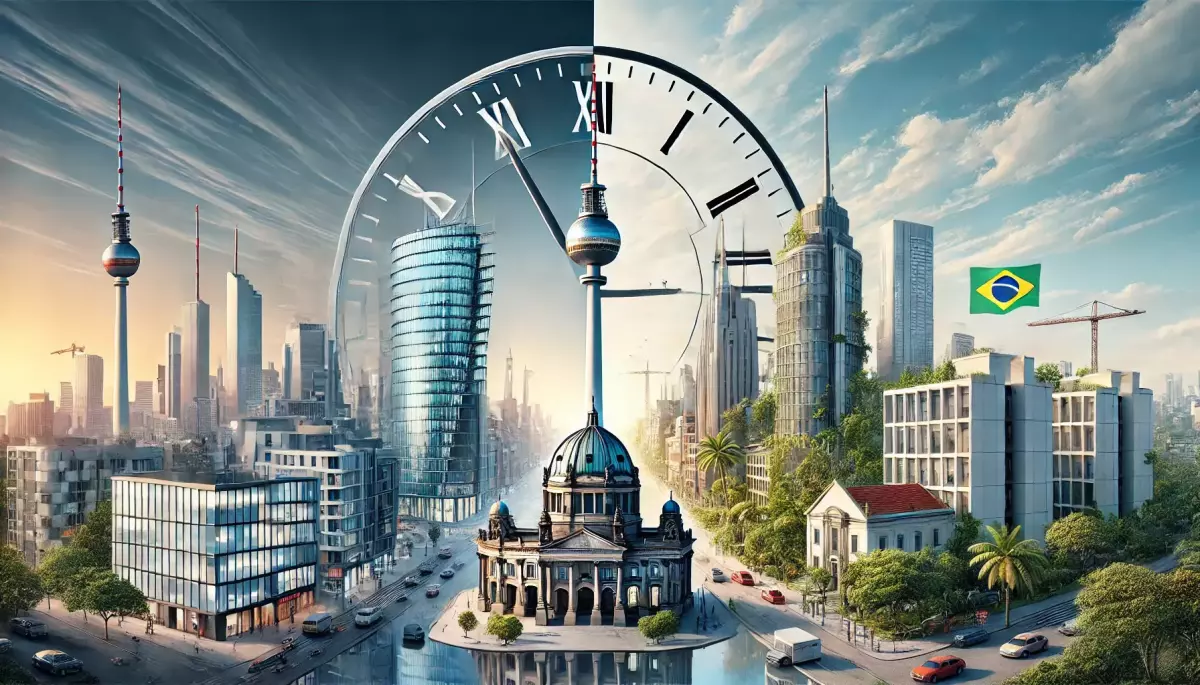The time difference between Berlin and São Paulo is a crucial aspect for those looking to connect with friends, family, or business in different time zones. Understanding this time disparity facilitates communication and scheduling activities, as well as enriching the experience of those traveling between these fascinating destinations.
By knowing the time difference, you can better plan your interactions and make the most of your experiences in each city. This understanding not only helps to avoid confusion but also contributes to the organization of your daily life, whether during a trip or while keeping in touch with loved ones in distant places.
History of the Time Zone: The Connection between Berlin and São Paulo
The history of the time zone is fascinating, especially when considering the difference between Berlin and São Paulo. The concept of the time zone gained strength in the 19th century when the expansion of railways required a standardization of time. Before that, each city followed its own solar time, which complicated travel and commerce. In 1884, the International Meridian Conference established the Greenwich Meridian as the reference point for timekeeping, dividing the world into 24 time zones. Thus, Berlin, located in the Central European time zone (UTC+1) and São Paulo, in the time zone of Brasília (UTC-3), highlight this global division.
With the advent of daylight saving time, the difference between Berlin and São Paulo may vary. While in Berlin, daylight saving time occurs from March to October, advancing one hour, in São Paulo, daylight saving time was abolished in 2019. Therefore, during certain periods of the year, the difference can be up to 5 hours, while in others, it reaches 4 hours. This fluctuation affects not only communication between the cities but also the planning of trips and events involving both cultures.
Besides the practical issue, the time zone symbolizes global interconnection. The time difference between Berlin and São Paulo reflects the cultural diversity and social dynamics of each city. Each time zone brings with it habits, customs, and routines that adapt to daylight and urban life. Therefore, understanding this difference is essential for those who wish to travel, work, or connect with people from different parts of the world.
Culture and Behavior: What Berlin and São Paulo Have in Common
Both cities are known for their diversity and vibrant artistic scene. In Berlin, street art is an important expression of local culture, with colorful murals adorning facades and public spaces. In São Paulo, urban art also flourishes, with graffiti telling stories of the city. This artistic expression reflects social struggles and cultural identities, creating a connection among the inhabitants.
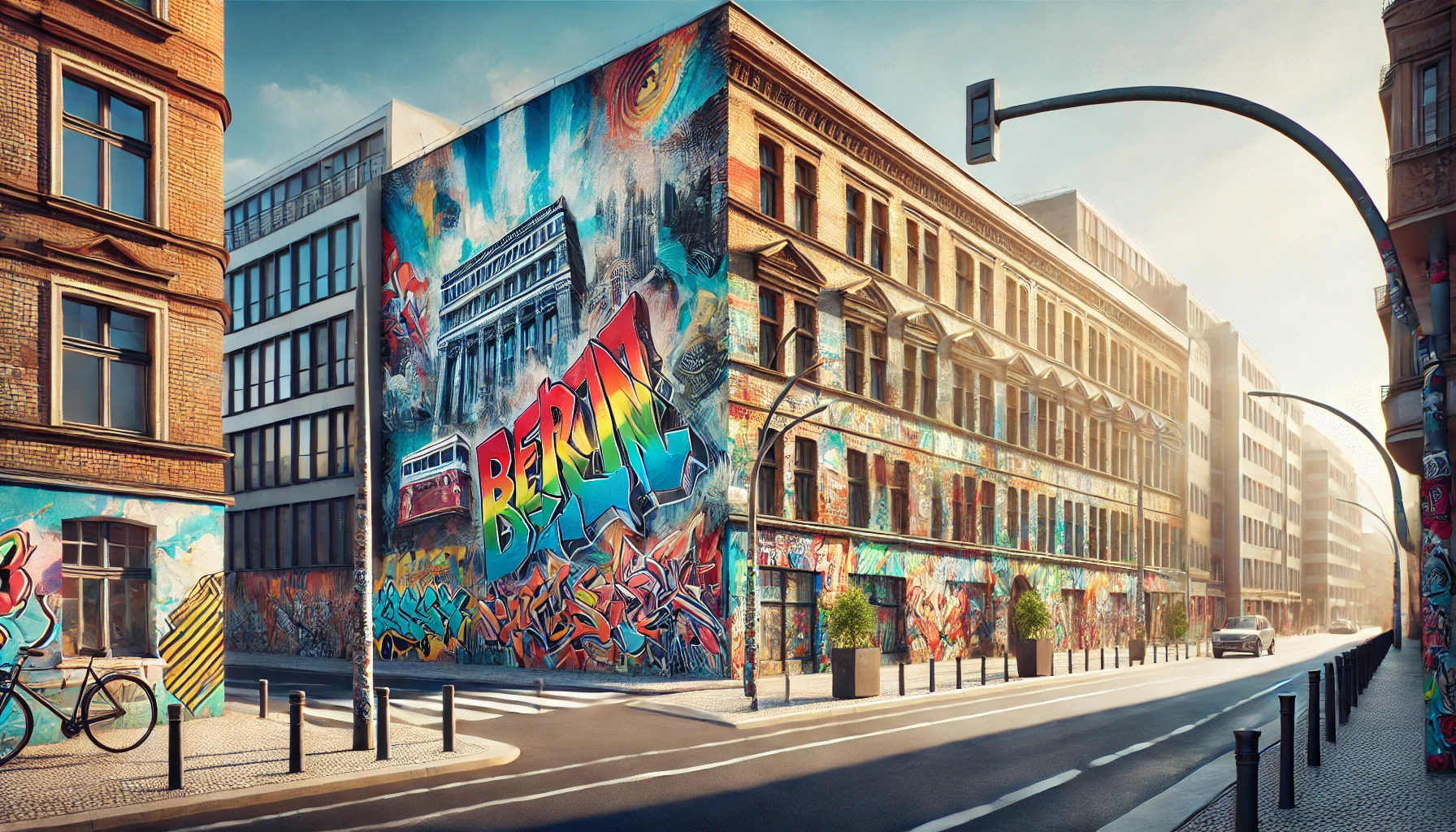
Both Berlin and São Paulo are cities that never sleep. The nightlife, with its bars, clubs, and cultural events, attracts both locals and tourists. In Berlin, the techno scene is world-famous, while São Paulo stands out for its musical diversity, ranging from samba to alternative rock. This pulsating energy makes both cities considered creative and innovative hubs.
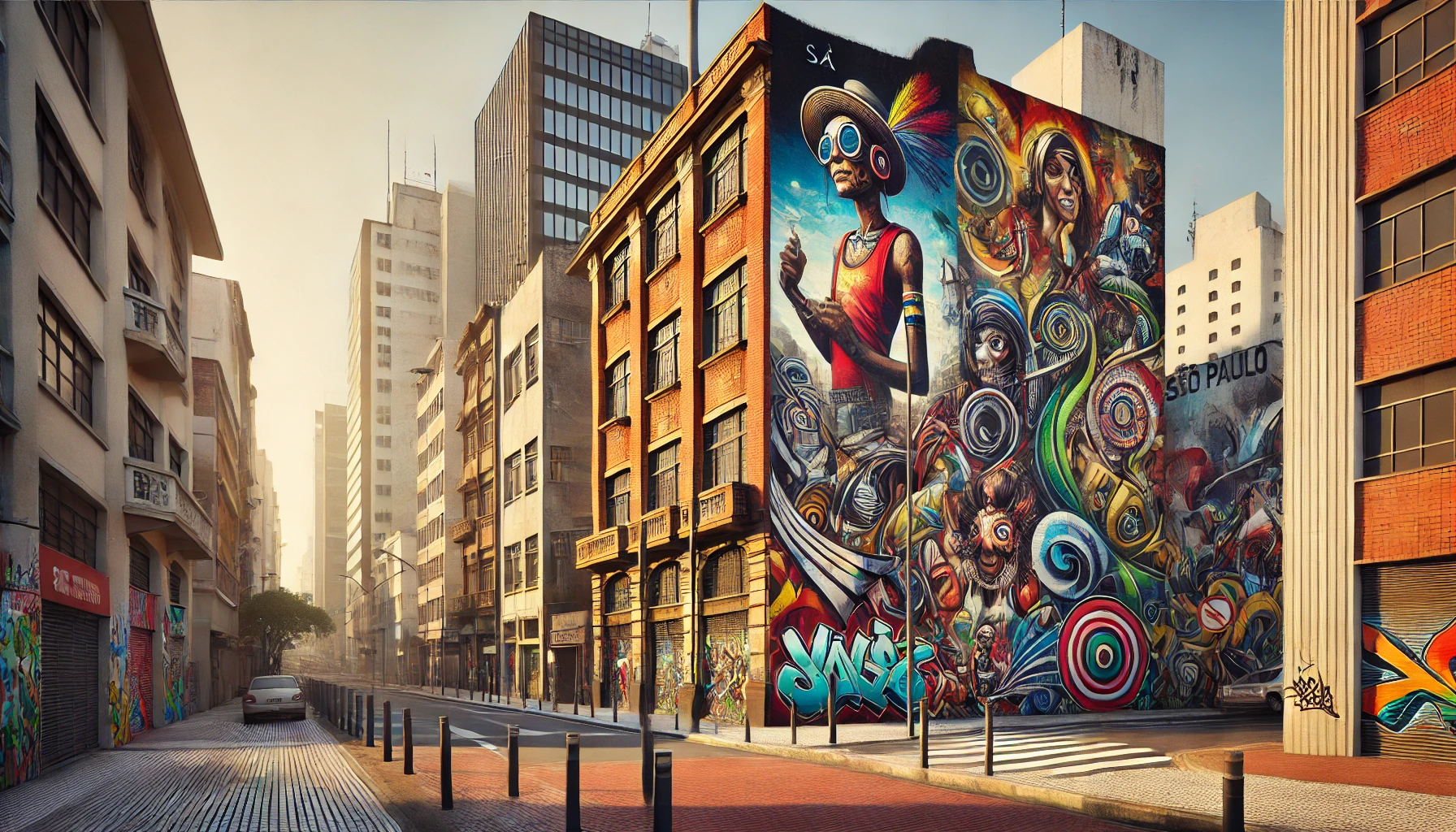
Moreover, cuisine is a strong element that unites these two metropolises. Berlin is famous for its food markets and the popularization of dishes like kebab. On the other hand, São Paulo is a true melting pot of flavors, reflecting the influence of various cultures intertwined in the local gastronomy. Restaurants and food trucks offer everything from traditional Brazilian dishes to international options, making the culinary experience one of the richest and most varied. This cultural exchange is vital for the social and economic development of both cities.
Must-See Tourist Spots in Berlin and São Paulo
Berlin is full of tourist attractions that tell the history and culture of Germany. The Brandenburg Gate, a symbol of unity, attracts visitors from all over the world.
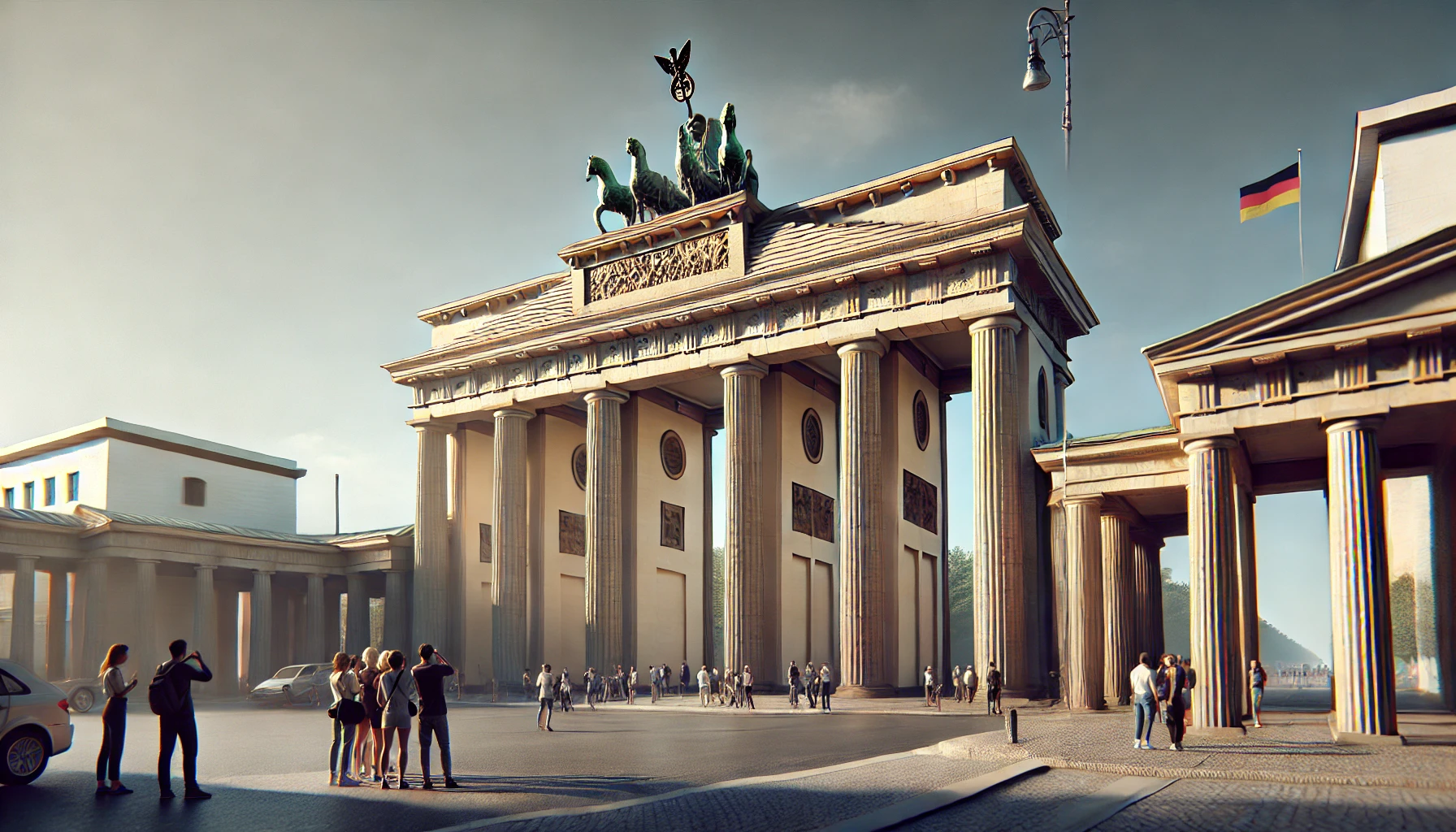
Another must-see location is the Berlin Wall, which offers a reflection on the historical division of the city and its lasting effects. In addition, the Island Museum, a complex of five museums, is a treasure of art and history, ideal for those who wish to explore Europe's cultural heritage.
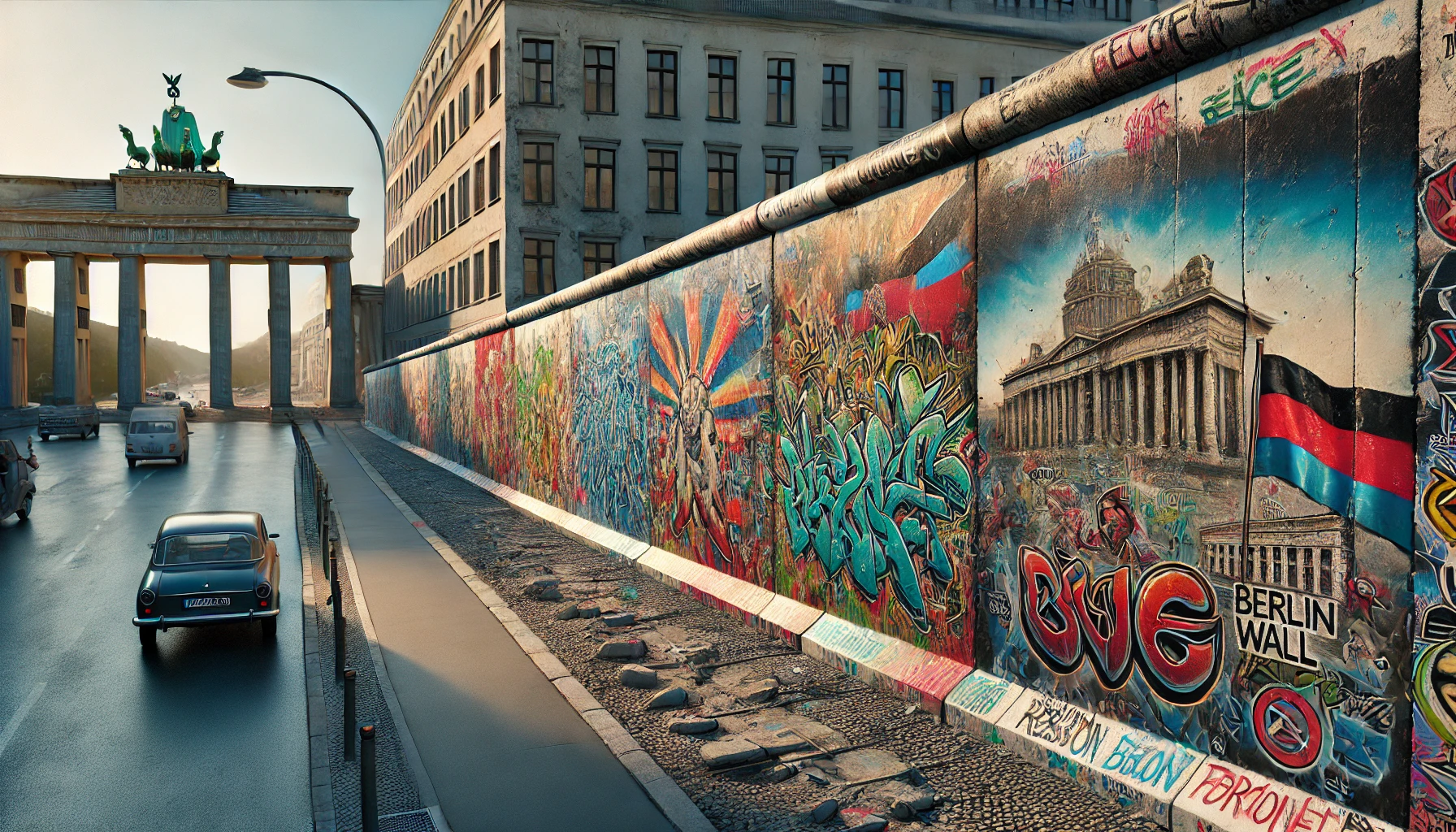
In São Paulo, Avenida Paulista is one of the most famous postcards. The MASP (São Paulo Museum of Art) houses a vast collection of works, from classics to contemporary.
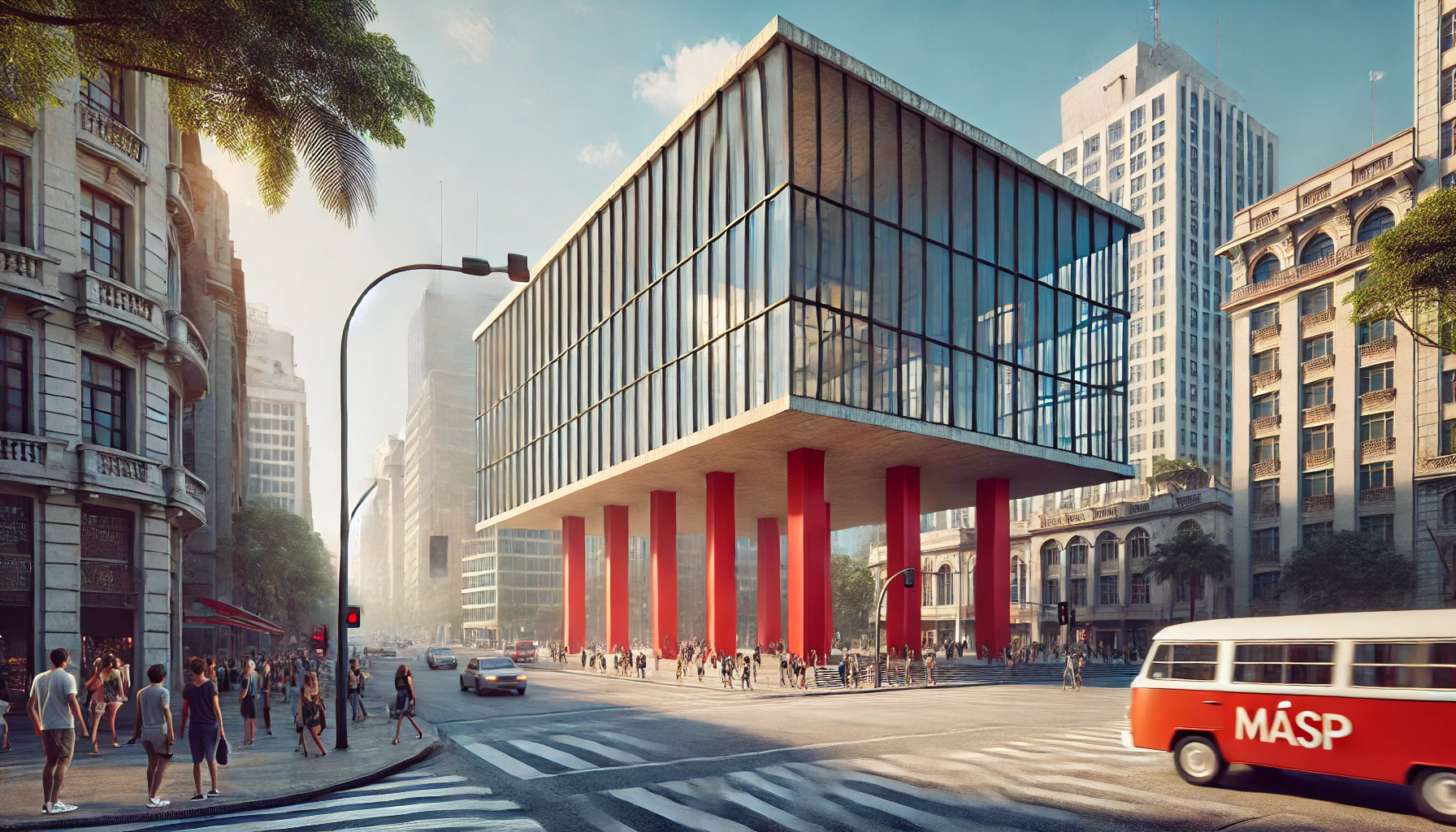
The Ibirapuera Park, with its gardens and lakes, offers a green space amidst the urban hustle and bustle, perfect for relaxing and enjoying nature. Each of these locations not only attracts tourists but also serves as a meeting point for the local community.

These tourist spots, although distinct, share a similar function: they are places of gathering and reflection. They represent the cultural and historical identity of each city, offering visitors a rich and engaging experience. By exploring Berlin and São Paulo, travelers not only discover new places but also connect with the stories and experiences of the local inhabitants.
Best Times of the Year to Visit Berlin and São Paulo
In Berlin, spring (April to June) is especially pleasant, when the parks bloom and the city comes alive with festivals and outdoor events. Summer (July and August) attracts many tourists, but it can be quite hot. Autumn (September to November) is also a great option, with mild temperatures and fewer crowds, ideal for sightseeing and exploration.
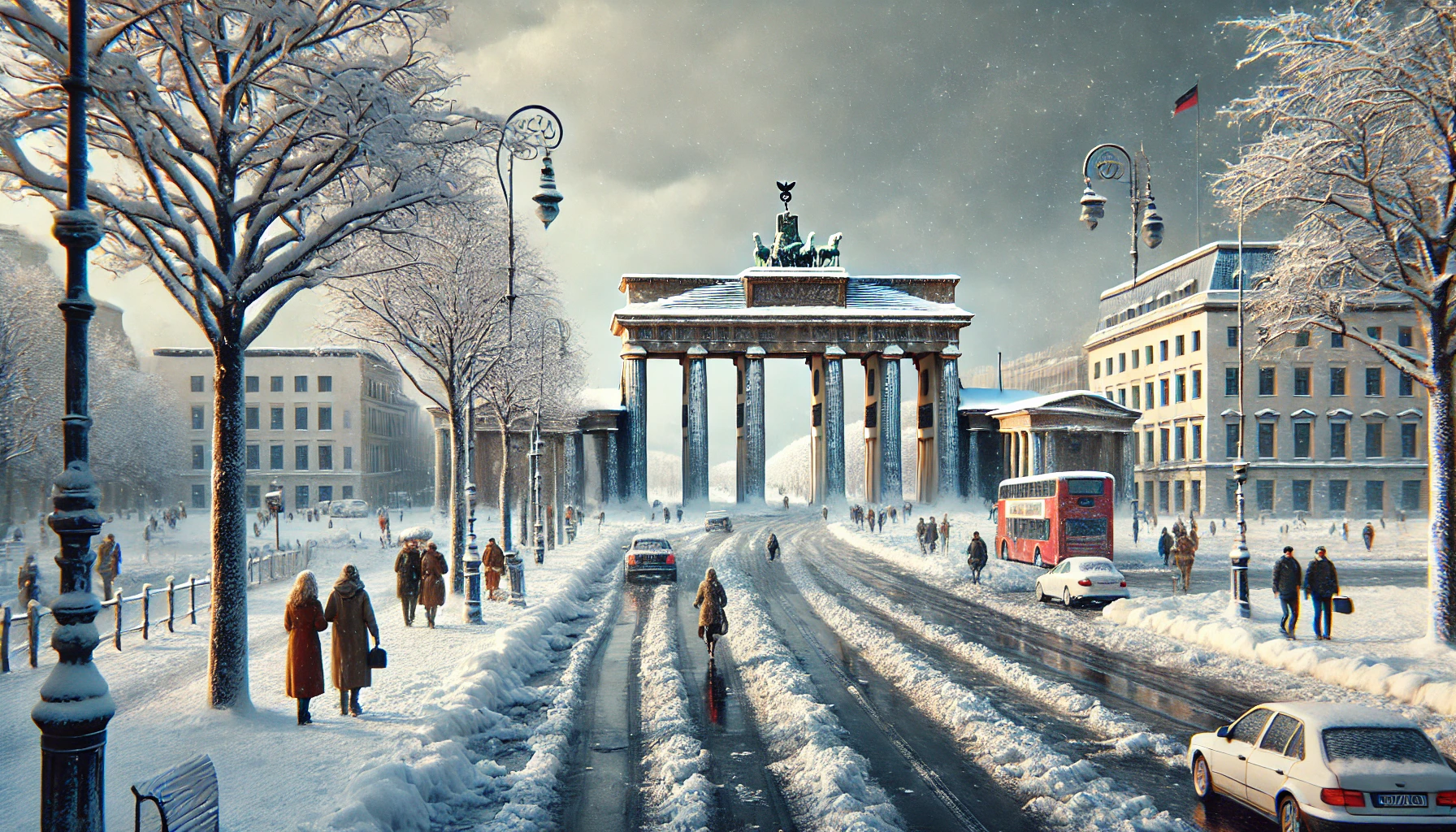
São Paulo, on the other hand, has a tropical climate, with the best times to visit being from March to May and from September to November. During these months, temperatures are milder and rainfall is less frequent. Winter (June to August) is drier but can be cold, which may not be ideal for those seeking outdoor activities. Summer (December to February) brings heavy rains, but it is also the time for various cultural festivals.
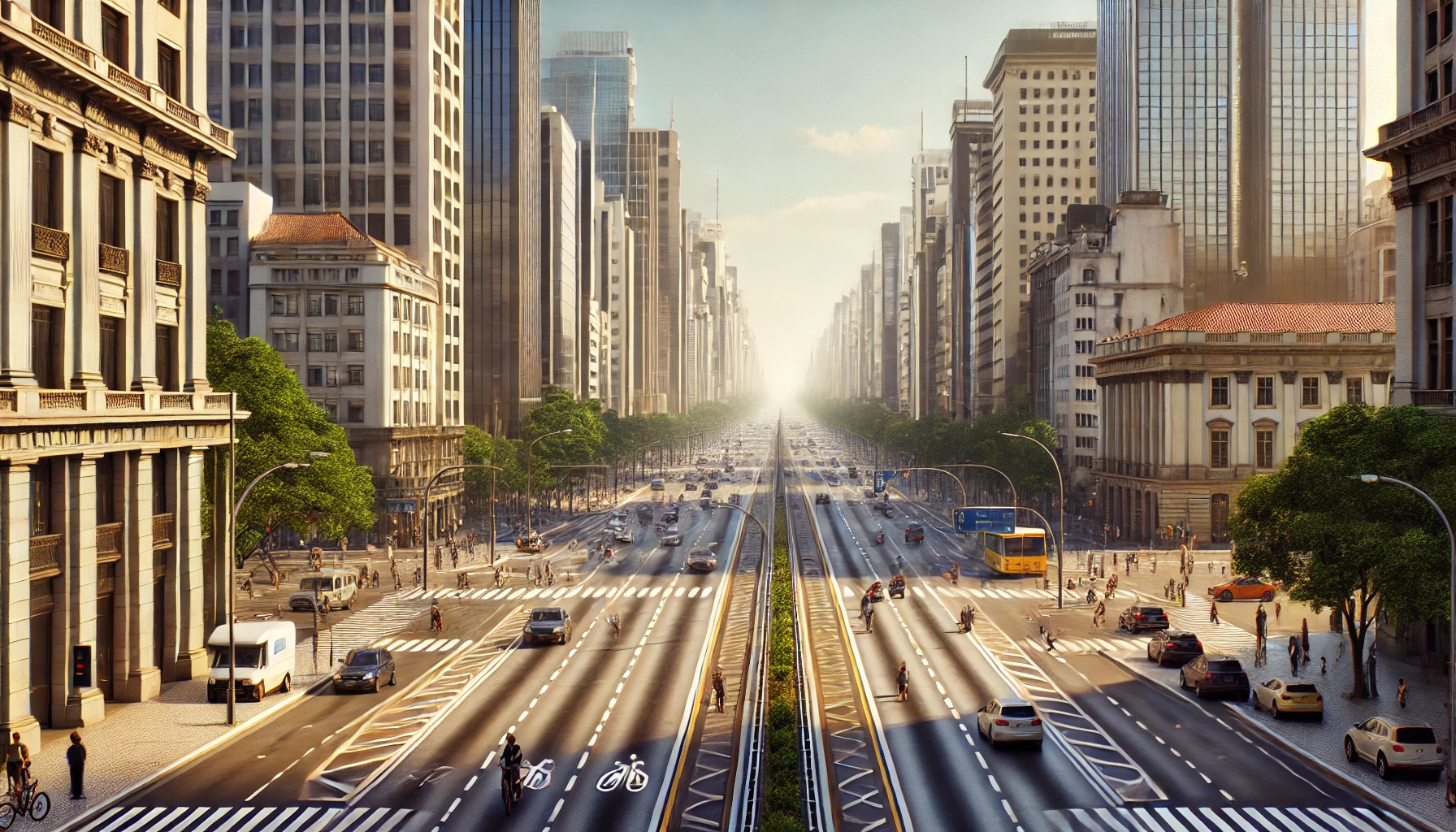
Therefore, the choice of the best time to visit both Berlin and São Paulo depends on personal preferences and the type of experience desired. Considering the weather, local events, and the number of tourists can help in making the decision, ensuring a more satisfying and enriching trip. Enjoying these nuances can turn the trip into a memorable experience full of discoveries.
Holidays Calendars: How Berlin and São Paulo Celebrate Their Dates
The holiday celebrations in Berlin and São Paulo reflect the traditions and culture of each city. The German holiday calendar, such as the Day of German Unity, celebrated on October 3rd, marks the reunification of the country. Other important holidays include Christmas and Easter, which are celebrated with Christmas markets and family gatherings. In Berlin, the festivities often include cultural events, concerts, and community activities, promoting a sense of unity and celebration.
In São Paulo, the holiday calendar is very rich and includes dates such as the Carnival, which is one of the most important celebrations in Brazil, where the city transforms into a large stage for parades and parties. Another significant holiday is the Feast of St. John, celebrated in June, which involves typical foods and dances. Additionally, the Independence Day, on September 7th, is marked by parades and civic events, reflecting national pride.
These different holiday celebrations in Berlin and São Paulo not only mark dates on the calendar but also represent the history and cultural identity of each place. By participating in these festivities, both locals and tourists have the opportunity to experience the culture in a profound and engaging way, creating lasting memories. Thus, each holiday becomes a window into the tradition and diversity that characterize these two great cities.
Final Considerations
Berlin and São Paulo have a time difference that directly impacts communication and interactions between these two cities. This variation, which can reach up to five hours, requires careful planning, especially in business and social contexts. Thus, understanding this temporal discontinuity is essential to avoid confusion and ensure better synchronization in activities involving both locations.
In summary, the time difference between Berlin and São Paulo is not just a technical issue, but rather an aspect that can influence various areas of everyday life. Therefore, when connecting with these cultures, it is essential to keep this information in mind. Thus, understanding the temporality between the cities is crucial for the success of international interactions and collaborations.


